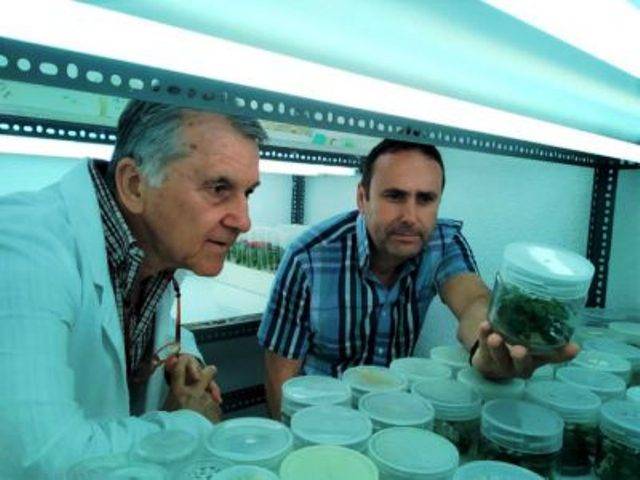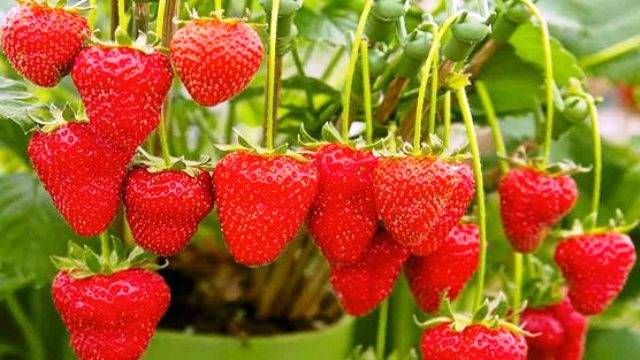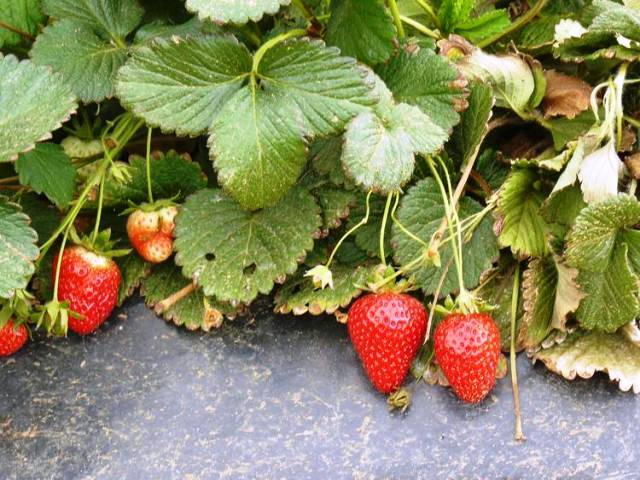
The need of fresh fruits is always the top priority of consumers. The freshness of fruits depends on its shelf life.
The scientists worldwide are trying to solve the problem by increasing the shelf life of the fruits and vegetables. The Department of Botany and Plant Physiology of the University of Malaga, together with the Institute of Subtropical and Mediterranean Horticulture 'La Mayora', and the IFAPA of Churriana, have made it possible to improve the technique to obtain a strawberry variety with a longer shelf life.
The strawberry obtained has a skin with greater consistency that improves its preservability & therefore its shelf life in stores.
The research was done with the Chandler strawberry variety, which facilitates the obtainment of new features. “This is a biotechnological tool that has several practical applications, from obtaining new plant varieties with improved characteristics, to gene editing, which would allow us to obtain edited, but not transgenic, plants,” told the researcher from the University of Málaga José A. Mercado.

Because of the complexity of the technique, it is the first time that experts work with strawberry protoplasts since the 1990's. The process that researchers have followed to obtain the protoplasts starts by incubating leaves in an enzymatic solution that degrades the cell wall. The cells, already uncovered, are purified and incubated in a sterile medium with plant hormones. The new wall regenerates within a few hours and, if the cell is viable, it creates a mass of cells with no defined shape. Lastly, the researchers facilitate the formation of organized structures - small stems - that acclimatize in the greenhouse so that they can be evaluated.
The protoplast that the experts achieve with their new protocol also makes it possible to merge two similar species, giving rise to a third; a hybrid with advantageous characteristics. It is also possible to use it for gene editing, for example, by canceling a gene to improve it. "These cells can be edited without introducing another gene; that is, we would obtain genetically edited plants from their own genetic material; therefore, it would not be transgenic," says the researcher at the University of Malaga.

The next phase of the project will focus on the development of the gene edition of protoplasts to regenerate modified, non-transgenic plants. Specifically, experts will focus on the gene linked to the fruit's post-harvest shelf life. Mercado said, "We have already found that its inactivation leads to the production of firmer and slower rotting fruits”.
A strawberry of greater skin consistency , and therefore with more validity as a product for sale, initially goes through the achievement of protoplasts, that is, of cells without a wall. During the process of regeneration of these, plants with genetic alterations are obtained that, in some cases, can give better agricultural results.
It is the first time that experts work with strawberry protoplasts since the 1990s , due to the complexity of the technique. "The results show that, as expected, there is a high genetic variability in the regenerated material, but some lines behave in a similar way to the original plant, so it is a useful tool," adds Mercado.

The process that researchers have followed to obtain the protoplasts is initiated by incubating leaves in an enzymatic solution that degrades the cell wall. Cells already uncovered are purified and incubated in a sterile medium with plant hormones. The new wall regenerates within a few hours of culture and, if the cell is viable, creates a mass of cells with no defined shape. Finally, researchers favor the formation of organized structures - small stems - that acclimatize in the greenhouse to evaluate them.
The next phase will focus on the development of the gene edition of protoplasts to regenerate modified, non-transgenic plants . Specifically, experts will focus on the gene related to the life of the fruit after harvest. "We have already proven that its inactivation produces firmer and slower rot fruits," adds Mercado. They have verified it with the 'chandler' variety and are confident that the same may happen in others.
The scientific work that develops the group of the University of Malaga will have a total duration of 4 to 5 years. The time to get a new variety of strawberry is considered incalculable market at this time. Yes, the interest in having better varieties has been confirmed in the strawberry sector, since a greater period of firmness is very useful when exporting most of the harvest.
The work is funded by the Ministry of Science, Innovation and Universities with European funds. Experts from the Valencian Institute of Agricultural Research , and the Department of Physiological Botany (Uppsala University) also collaborate .









